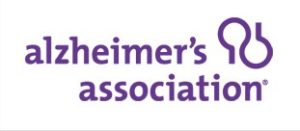The move toward providing philanthropic support to “what works” has gained support during the past few years. These are known as evidence based programs/practices (EBP).
A paper published by Bridgespan, What Does It Take to Implement Evidence-Based Practices? A Teen Pregnancy Prevention Program Shows the Way, illustrates how a federally-funded program shows promise as a model of support for EBPs.
The federally funded Teen Pregnancy Prevention Program (TPP), which has awarded $75 million in competitive five-year grants to nonprofit and public agencies across the country, was the focal point of the report, demonstrating the ways by which grantees were able to succeed through carefully managed support.
What were the keys to supporting success? Through interviews, the authors of the paper found the type of support that mattered most. They are:
- Time to plan and pilot. A 2008 report on EBPs from the National Implementation Research Network noted that for federal and state grants, “a clear best practice in financing start-up activities is the funding of planning time.”
- Close support from the funder. Grantees report results, ask approval for changes in plans and get advice, support and encouragement, sometimes in a single communication.
- Training and technical assistance. A purveyor helps agencies implement a particular EBP with rigorous attention to design.
- Enough funding to do EBPs right. Among 12 grantees interviewed, not one said it lacked the funding to do things right.










